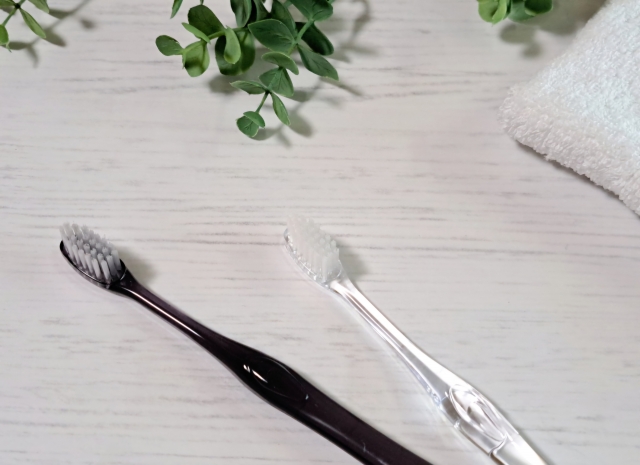Summary of this article
Describes how to extract DNA from toothbrushes. From basic procedures that can be done at home to highly accurate and specialized methods, this section explains in detail.
The extraction of DNA from toothbrushes is usually used for forensic investigations or individual identification. The general procedure is described below.
1. Sample collection
Toothbrushes are likely to contain DNA due to the presence of oral cells and saliva on them. Collect samples promptly after use of the toothbrush and store in a clean container. Storage should be in dry conditions to prevent DNA degradation.
2. Cell collection
To extract DNA from cells and saliva on the bristles of a toothbrush, the following steps are taken
- Cell flushing: wash the bristles of the toothbrush with an appropriate buffer solution (e.g. TE buffer or PBS).This process transfers the cells adhering to the brush into the solution. By immersing the entire toothbrush in the cleaning solution and allowing it to sit for some time, the cells are efficiently collected.
- Centrifugation: the wash solution is collected and the cells are collected as pellets using a centrifuge. The pellet is the starting point for DNA extraction.
3. Cell lysis (degradation)
Lysis buffer (e.g. buffer used with proteinase K) is added to the collected cell pellets to disrupt the cell membrane and release the DNA. This process is carried out by incubating the cells in a warm water bath (e.g. 56°C) for several hours. This destroys the nuclei in the cells and releases the DNA into solution.
4. DNA extraction
After lysis, the following methods are used to recover DNA
- Phenol-chloroform extraction: to separate DNA and proteins, an organic extraction is performed using phenol and chloroform. The upper aqueous phase then contains the DNA.
- Commercial DNA extraction kits: there are a number of commercial kits available for efficient DNA recovery, which can be used to extract DNA quickly and easily.
5. purification of DNA.
Extracted DNA may contain impurities. To remove these, DNA is purified using ethanol precipitation or other methods to obtain pure DNA. In this process, the DNA is precipitated to remove impurities.
6. Amplification and analysis of DNA
As the DNA obtained is usually small in quantity or fragmented, PCR (polymerase chain reaction) is used to amplify specific DNA regions and increase them to the required quantity. The amplified DNA is then further analyzed and used to identify individuals or confirm genetic relationships.
Summary
The process of extracting DNA from toothbrushes is based on the collection of cells and saliva from the brush part, followed by appropriate lysis, extraction and purification processes. This method is an important technique used in forensic science, paternity testing and other genetic testing.
Latest Articles
Supervisor of the article

Dr. Hiroshi Oka
Graduated from Keio University, Faculty of Medicine
Doctor of Medicine
Medical Doctor









